How Buyers Can Win the Best Terms in a Buyer's Market
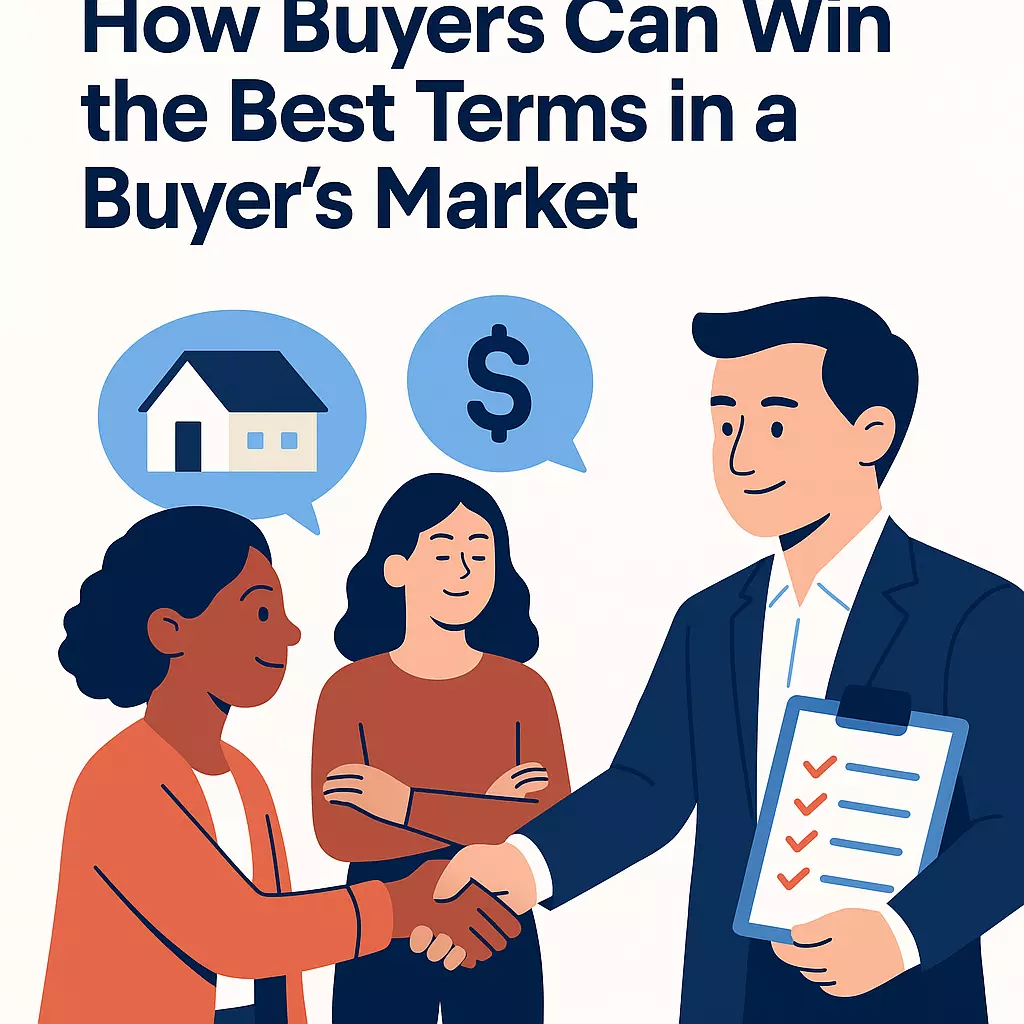
How Buyers Can Win the Best Terms in a Buyer's Market
In a buyer’s market, the power shifts—finally—in your favor. With more homes available than buyers, savvy home shoppers and well-informed agents can negotiate terms that go beyond just price. This is the time to get creative, strategic, and intentional about how to structure your offer.
Here’s how knowledgeable buyers can maximize their leverage and lock in the best possible deal:
💰 Negotiating Better Terms
1. Lower Purchase Price:
In a buyer’s market, sellers may be more flexible on price—especially if their home has been sitting for a while.
2. Seller-Paid Closing Costs:
Depending on your loan type, you may be able to ask the seller to cover some or all of your closing costs. This reduces the upfront cash you need to bring to the table.
3. Title Insurance:
Buyers can negotiate for the seller to pay for the owner’s title policy, often a few hundred to over a thousand dollars in savings.
4. Repairs Before Closing:
Sellers may be more willing to complete necessary repairs after inspections to prevent losing a buyer.
5. Concessions for Future Improvements:
Even if repairs aren’t addressed before closing, buyers can negotiate a dollar credit for post-closing upgrades or repairs.
6. Pest Treatment or Inspection Credits:
If termite or pest issues are discovered, request treatment or a credit.
7. Flexible Closing Timeline:
Need extra time to sell your current home or organize a move? Sellers in a buyer’s market may agree to a longer closing.
8. Early Occupancy (When Appropriate):
In the right circumstances, a buyer might negotiate to move in early with a pre-closing occupancy agreement.
📊 Max Seller Concessions by Loan Type
Below is a quick reference on how much a seller can contribute toward your closing costs, depending on your loan type and down payment:
| Loan Type | Down Payment | Max Seller Concession |
|---|---|---|
| Conventional (Fannie/Freddie) | Less than 10% | 3% of purchase price |
| 10% to 25% | 6% of purchase price | |
| More than 25% | 9% of purchase price | |
| FHA | 3.5% or more | 6% of purchase price |
| VA | Any amount | 4% of purchase price* |
| USDA | 0% (typical for USDA) | 6% of purchase price |
✅ Note on VA Loans: The 4% limit applies only to concessions such as prepaids, debt payoff, etc.—not to standard closing costs. VA allows the seller to pay all customary closing costs in addition to 4% in concessions.
🏡 Bonus Strategy: Assumable Low-Interest Loans
One of the best-kept secrets in today’s market? Assumable loans. If a seller has an FHA, VA, or USDA loan with a low fixed interest rate (especially from 2020–2022), an eligible buyer may be able to assume that mortgage.
Why this matters:
-
Keep a 2.75–3.5% interest rate vs. new rates near 6–7%
-
Potentially save tens of thousands over the life of the loan
-
Skip traditional loan origination on a new mortgage
Ask your agent to check if the home has an assumable loan—this opportunity could make the home significantly more affordable.
Final Thoughts
In a buyer's market, it's not just about price—it's about terms. With the right strategy and a sharp agent in your corner, you can walk away with a better deal, more savings, and a smoother transition into your new home.
Want to explore your buying power? Let’s talk.
Categories
- All Blogs (32)
- banking (7)
- building (1)
- buying (11)
- credit (4)
- development (1)
- finances (16)
- flipping (2)
- homebuyer (8)
- househacking (4)
- infinitebanking (1)
- insurance (1)
- investing (21)
- land (1)
- luxury (1)
- real estate (24)
- reit (1)
- renting (2)
- retirement (7)
- savings (3)
- secondhome (1)
- selfdirectedIRA (2)
- sellers (2)
- staging (1)
- taxes (1)
Recent Posts

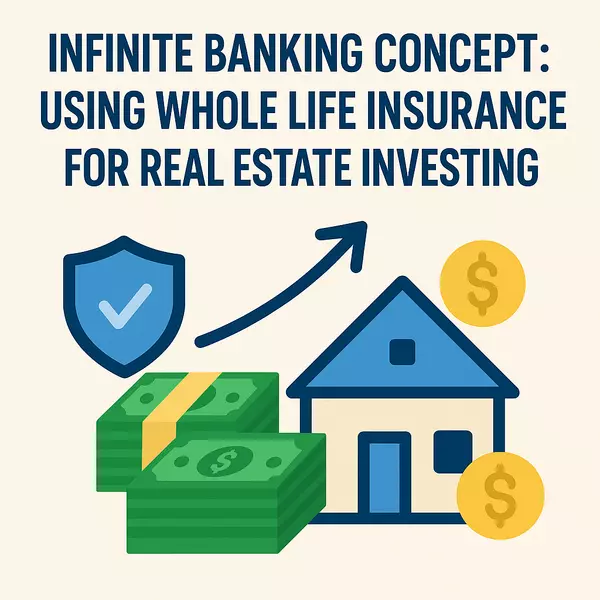
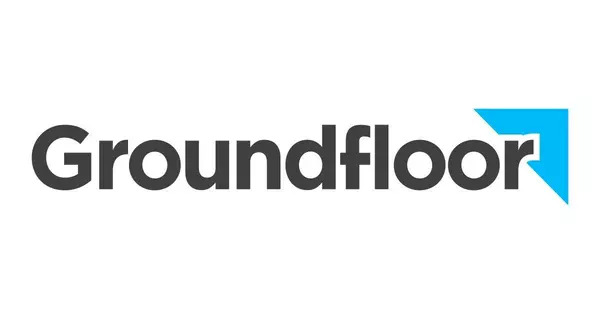
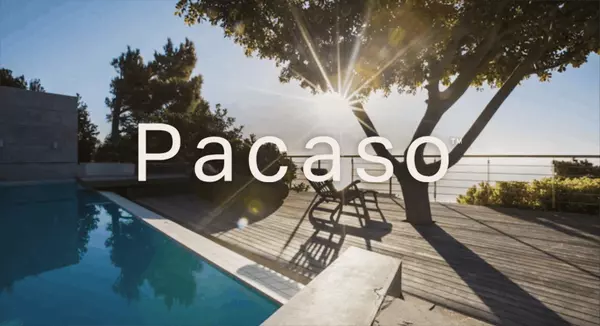
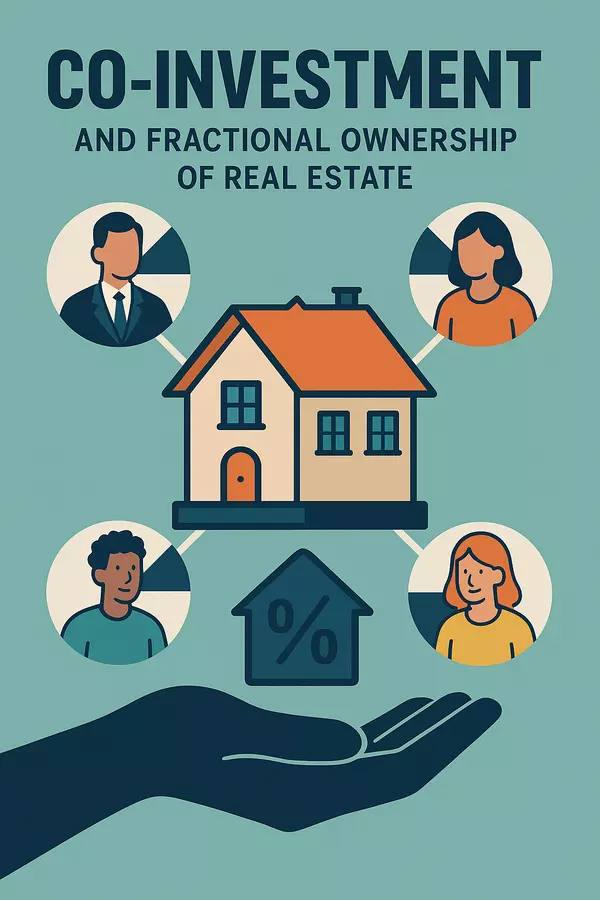
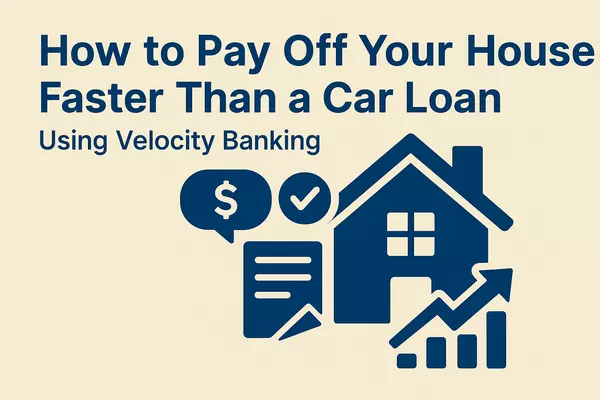

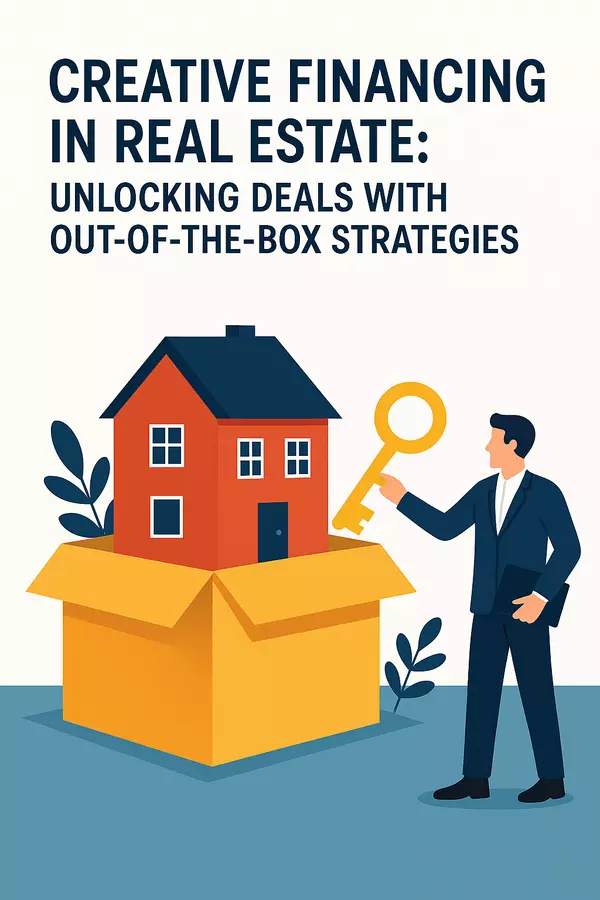
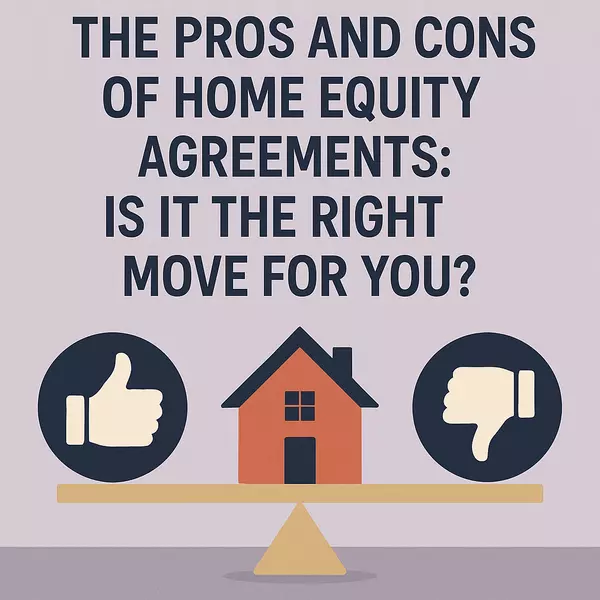
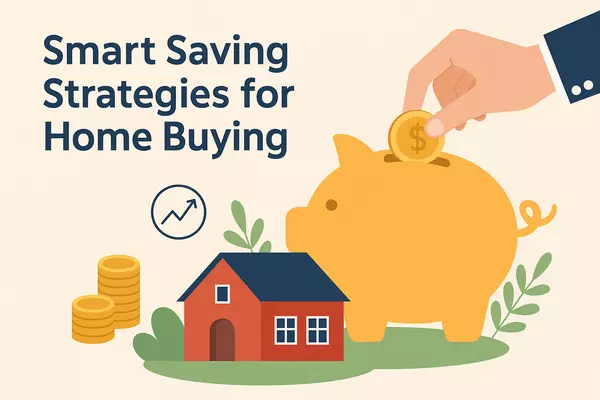
GET MORE INFORMATION

